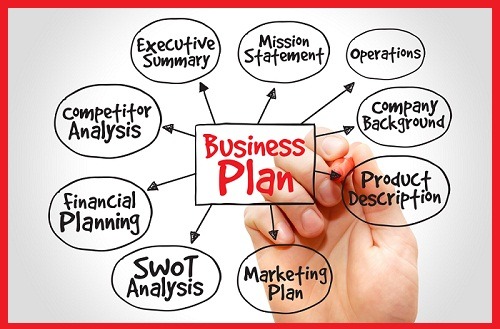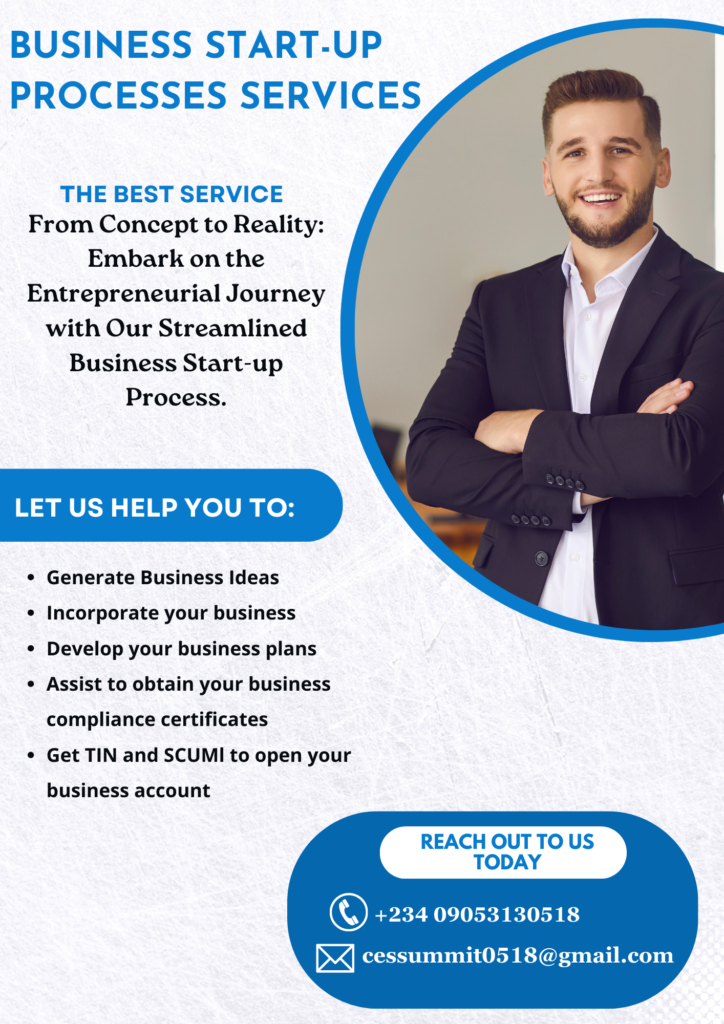
Profitable Business planning for startups
Profitable Business planning for startups – Are you having difficulty writing a successful business plan for startups? Worry no more because this article will show you how to write a business plan and a business plan for a startup anywhere globally. Also, a good profitable business plan will follow the seven (7) steps of a business plan to achieve the goal on which it was produced. Furthermore, this post will give business plan examples for startups and a small business plan guide to start your business.
Contents
- 1 Cessummit.com business tip:
- 2 2. Company Description
- 2.1 Profitable Business planning for startups
- 2.2 3. Products and Services
- 2.3 Profitable Business planning for startups
- 2.4 4. Market analysis:
- 2.5 5. Strategy and Implementation:
- 2.6 Profitable Business planning for startups
- 2.7 6. Organization and Management Team:
- 2.8 7. Financial plan and projections:
- 2.9 Profitable Business planning for startups
- 2.10 Related post:
- 2.11 Summary:
- 2.12 Share this:
- 2.13 Like this:
Cessummit.com business tip:
At cessummit.com, we offer a complete feasibility study of your business and a detailed business plan for all businesses. Also, we offer Business support, CAC registration, and mentorship programs. Furthermore, cessummit.com offers business road-maps, Economic development solutions through starting a Business, business planning process, and travel & tours.
Profitable Business planning for startups
A new company plan is a blueprint of your thoughts and procedures for how you’ll have to begin, make due, and, surprisingly, complete your startup’s actual goal. Making one could sound sufficiently basic, but since it’s a startup’s guide for progress, it may be a complex record to create. Also, like most daunting projects, drafting a business plan is best done step by step. While plans vary as much as businesses do, here’s a summary of the seven main sections of a business plan and what each should include.
1. Executive Summary
The first section should be a concise overview of your business plan. It should be short, and must be well written. Your goal is to draw readers in so they want to learn more about your company. Though this section appears first, consider writing it last, after you’ve worked out the details of your plan and can summarize your thoughts succinctly and accurately.
The executive summary for a business plan should include:
- Your business name and location
- Products and/or services offered
- Mission and vision statements
- The specific purpose of the plan (to secure investors, set strategies, etc.)
Profitable Business planning for startups
2. Company Description
This high-level view of your business should explain who you are, how you operate and what your goals are.
The company description should feature:
- The legal structure of your business (corporation, sole proprietorship, etc.)
- A brief history, the nature of your business, and the needs or demands you plan to supply
- An overview of your products/services, customers, and suppliers
- A summary of company growth, including financial or market highlights
- A summary of your short- and long-term business goals, and how you plan to make a profit
Profitable Business planning for startups
3. Products and Services
Clearly describe what you’re selling, with a focus on customer benefits. Also, it include details about suppliers, product or service costs, and the net revenue expected from the sale of those products or services. Consider adding pictures or diagrams.
In general, this section should include:
- A detailed description of your product/service that emphasizes customer benefits
- An explanation of the market role of your product/service and advantages it has over competitors
- Information about the product/service’s life cycle
- Relevant copyright, patent, or trade secret data
- Research and development activities that may lead to new products and services
Profitable Business planning for startups
4. Market analysis:
Show your industry knowledge, and present conclusions based on thorough market research. Place detailed findings of any studies in an appendix.
Your market analysis should include:
- A sketch of targeted customer segments, including size and demographics of each group
- An industry description and outlook, including statistics
- Historical, current and projected marketing data for your product/services
- A detailed evaluation of your competitors, highlighting their strengths and weaknesses
5. Strategy and Implementation:
Summarize your sales and marketing strategy, and how you’ll implement them with an operating plan.
This section should include:
- An explanation of how you’ll promote your business to customers and enter the market
- Details about costs, pricing, promotions, and distribution/logistics
- An explanation of how the company will function, including the operations cycle (from acquisition of supplies through production to delivery)
- Information on sources of labor and number of employees
- Data on operating hours and facilities
Profitable Business planning for startups
6. Organization and Management Team:
Outline your company’s organizational structure. Identify the owners, management team and board of directors.
Include the following:
- An organizational chart with descriptions of departments and key employees
- Information about owners, including their names, percentage of ownership, extent of involvement within the company and a biography listing their background and skills
- Profiles of your management team, including their names, positions, main responsibilities and past experience
- List of any advisors, such as board members, accountants, and attorneys
7. Financial plan and projections:
This last section of your business plan should be developed with a professional accountant after you’ve completed a market analysis and set goals for your company.
However, some of the important financial statements that should be part of your plan include:
- Historical financial data (if you own an established business), including income statements, balance sheets and cash flow statements for the past three to five years
- Realistic prospective financial information, including forecasted income statements, balance sheets, cash flow statements and capital expenditure budgets for the next five years
- A brief analysis of your financial data, featuring a ratio and trend analysis for all financial statements

Profitable Business planning for startups
Related post:
- Business Planing Process for Scale-ups
- Business planning process: Approved Checklist
- Other feasibility factors
- The objectives of feasibility study
- Apply for Mentorship
- Endorsed business planning quotes for all
Summary:
Finally, on Profitable Business planning for startups, this article shows the successful business plan for startups and ways to make it a selling point to investors following the seven (7) necessary steps. Furthermore, you can contact us today at +234 905 313 0518 or cessummit0518@gmail.com for more information.






